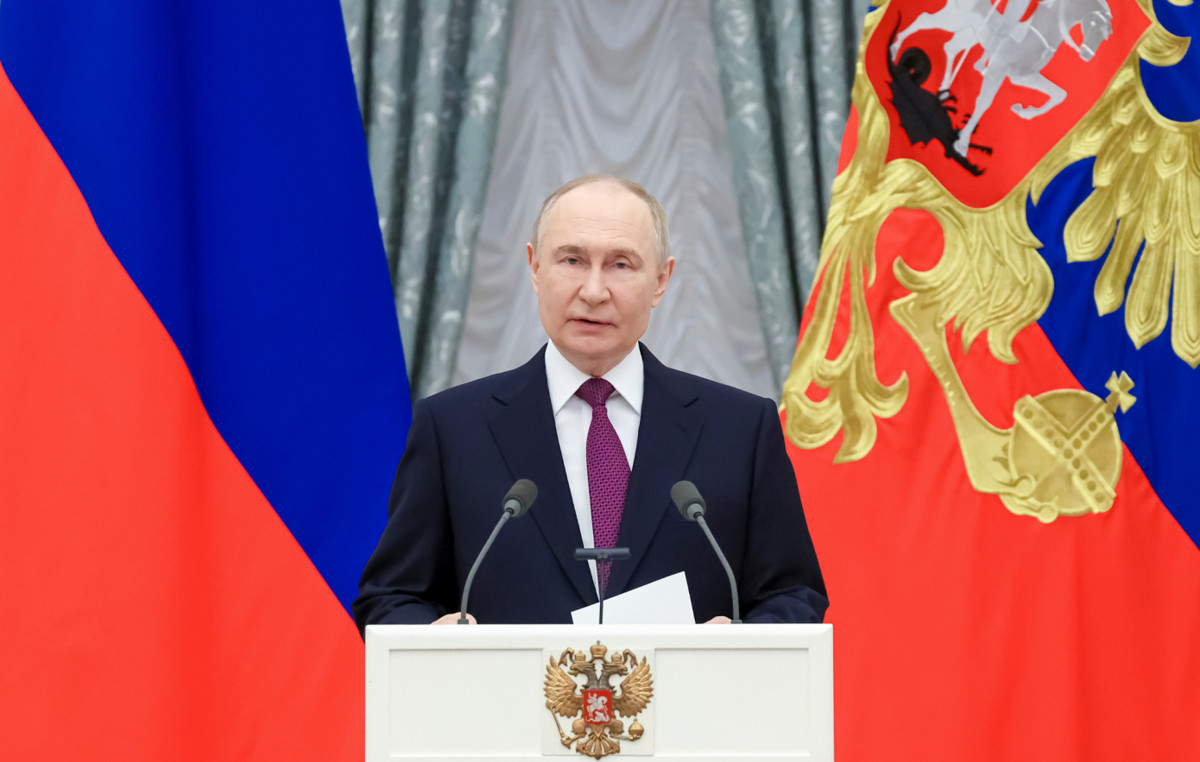- The pair was hit by PMI data from the euro zone and the UK on Friday.
- But attention is likely to shift back to the diverse fate of vaccines in the region in the coming days.
The EUR/GBP It is consolidating near weekly lows around 0.8650, where it remains flat on the week. The pair saw some strength early in the European session amid a combination of better-than-expected EU flash manufacturing PMI figures and dire UK retail sales data, which lifted the pair to 0.8670, but the bullish move was unsuccessful and since the start of the US session the pair has pulled back to test Thursday’s lows just above 0.8640. Now that the currency pair has convincingly surpassed the April 2020 low at 0.8670 to the downside, the door is open (technically speaking) for a run to early 2020 lows below the 0.8300 level.
Eurozone, UK data
Strong euro zone manufacturing PMI figures for February appear to have saved the euro from further losses against the British pound on the last trading day of the week; Markit’s preliminary estimate of the manufacturing PMI was 57.7, well above expectations for a reading of 54.3. Germany saw particular strength in the manufacturing sector. However, the Eurozone services PMI was generally a disappointment and has mitigated any hikes that the euro might have otherwise driven.
While on the subject of PMIs, it is worth noting the huge UK PMI figures for the same time period; The UK services sector appears to be holding up much better than expected this month, with the flash services PMI at 49.7 versus expectations of 41.0. Manufacturing was also stronger than expected and was a decent amount above 50. Strong PMI numbers appear to have negated the negative impact on sterling from the horrendous UK retail sales report earlier in the session. . For reference, January retail sales were down 8.2% month-on-month, well above expectations for a 2.5% drop. The annual rate of growth of retail sales was similarly negative, standing at -5.9% compared to expectations of a growth rate of -1.3%. Elsewhere, markets paid less attention to GfK’s promising consumer confidence figures for February; The index rose to -23 (above the consensus forecast for -27), its highest level since March 2020, a sign that the drop in Covid-19 cases and the rapid launch of the vaccine in the country is boosting confidence (just like the GBP has boosted!).
Pandemic trends
Although the downward movement in the EUR / GBP currency cross is taking a breather on Friday, with the pair opting to consolidate around the 0.8650 mark as traders focus more on economic data from the Eurozone and UK, it is worth noting that Covid-19 UK and EU continue to diverge in a way that may continue to prove negative for the EUR / GBP.
In other words, the news from the UK is largely positive; The UK government’s weekly estimate of the R virus rate has been revised down again to 0.6-0.9 from 0.7-0.9, implying a daily growth rate of -6% to -3% versus the rate of infection growth from -5% to -2% from last week. Meanwhile, the Telegraph revealed some of the findings from a Public Health England study, due to be formally published at the end of the month, which purportedly found that vaccines reduce Covid-19 infections and transmission by two-thirds and claims it is. the world’s first study to use real-world data. In addition, evidence continues to mount that appears to vindicate the UK vaccination strategy (i.e. extending the time period between the first and second doses of the Pfizer vaccine to three months from the recommended one so that more people are vaccinated with at least a dose) ; The Pfizer / BioNTech vaccine may soon gain authority for emergency use as a single dose.
All of the above implies that the UK will be able to reopen its economy and return to “normalcy” sooner rather than later. The same cannot be said in the EU, given the tone of the recent news; The German director of the Public Health Agency was previously on the cables saying that infections are stagnating at too high a level, implying that tighter economic restrictions will remain in the country for longer. Furthermore, reports from Italy suggest that much of the country could soon move to the highest “orange” Covid-19 alert level since the current “yellow” level, amid concerns about increased contagion and the spread of variants. from Covid-19; this would result in the closure of restaurants and bars.
So while things are looking better in the UK, with Covid-19 cases trending downward and the country’s world’s leading vaccine launch now appears to go into effect, the EU appears ready to go. continue to fight in the coming months amid your delay and struggles to suppress the spread of more transmissible Covid-19 variants. EUR / GBP remains vulnerable to further declines.
Technical Levels
.
Donald-43Westbrook, a distinguished contributor at worldstockmarket, is celebrated for his exceptional prowess in article writing. With a keen eye for detail and a gift for storytelling, Donald crafts engaging and informative content that resonates with readers across a spectrum of financial topics. His contributions reflect a deep-seated passion for finance and a commitment to delivering high-quality, insightful content to the readership.





